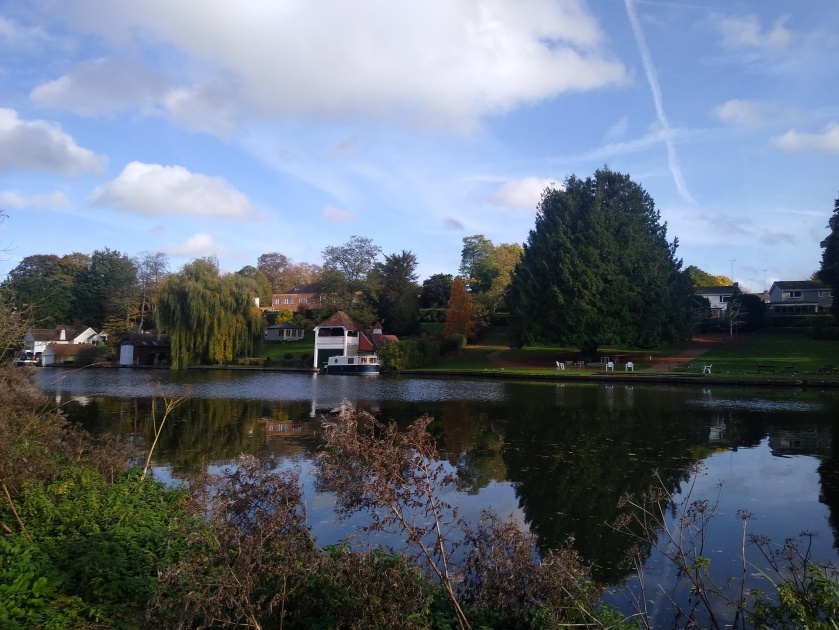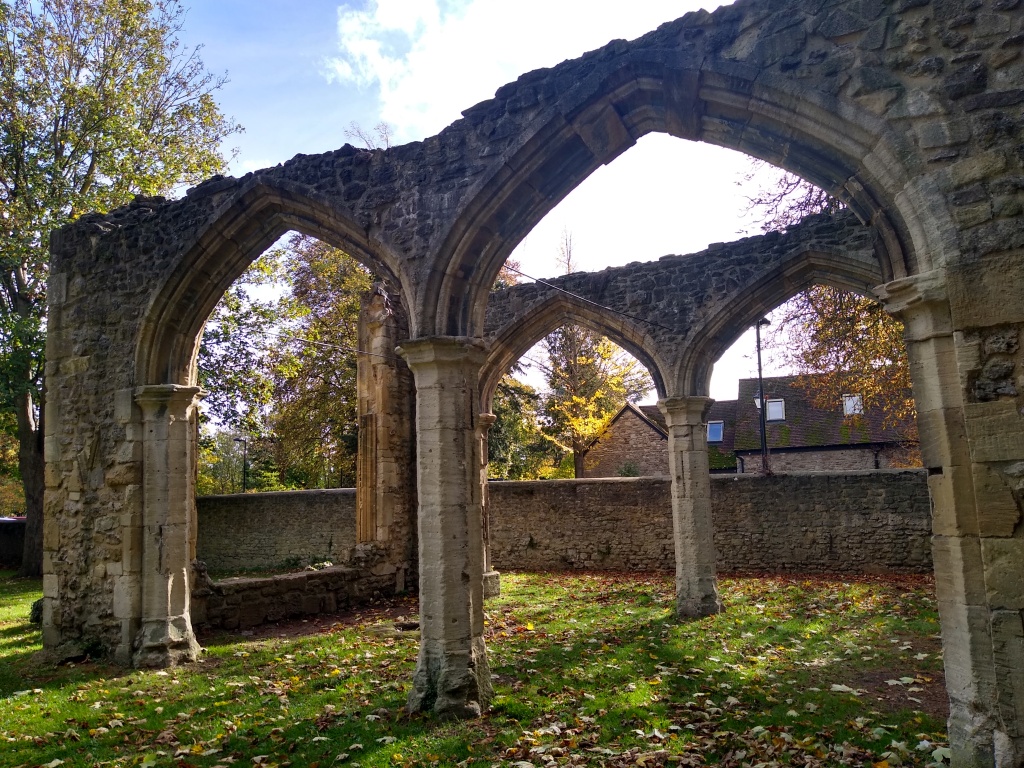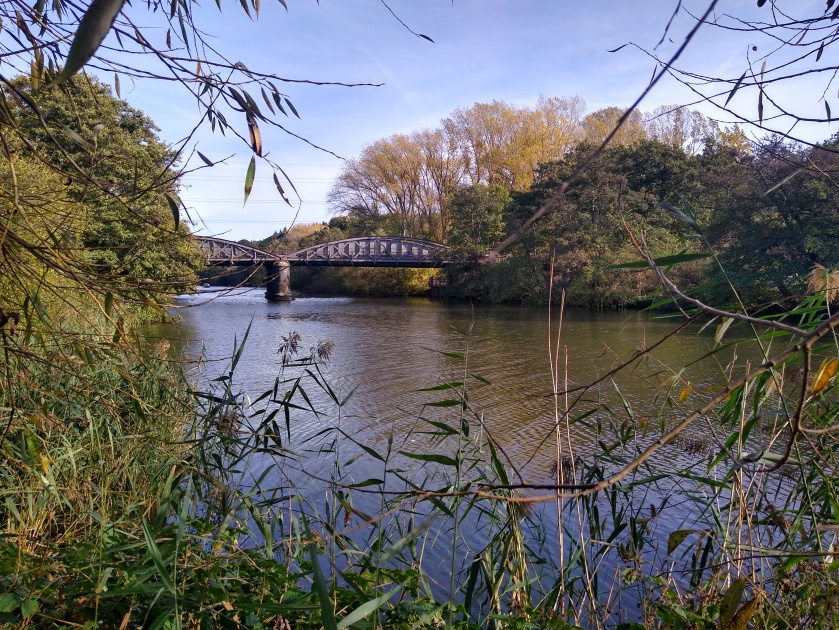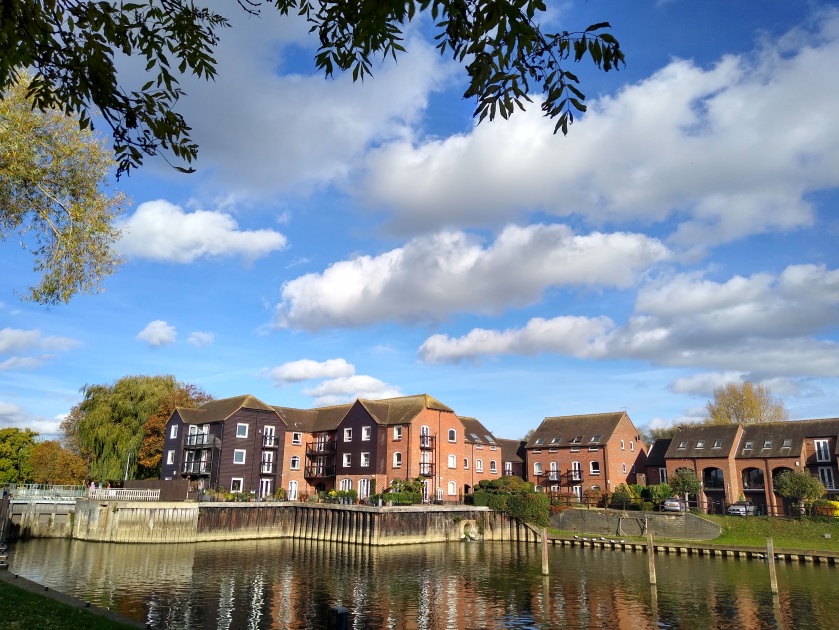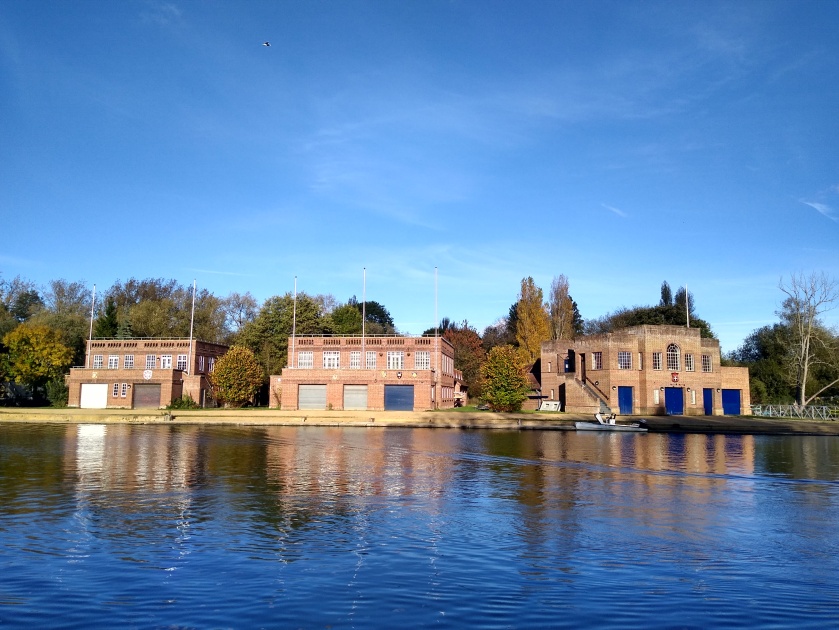
Having previously walked from the source of the Thames to Oxford, and in need of another low-key adventure, I decided to complete the next section of the Thames Path, but in the other direction: from Reading to Oxford
Day 1: Reading to Dorchester-On-Thames
It didn’t help that, upon stepping off the train in Reading, I started walking towards the wrong stretch of water (the Kennet and Avon Canal also goes through Reading). Having lost half an hour I now had to increase my pace so as to reach Goring on time.
The Thames at Reading is wide and, on one side, lined with luxurious houses raised above the frequently-flooded river. Here the path is close enough to road and rail to not be particularly peaceful. It then passes through a rather dull suburb before, thankfully, returning to bucolic countryside. At Pangbourne the walk at last becomes particularly serene and scenic.

In Pangbourne Kenneth Grahame, the author of The Wind in the Willows, once lived. Upstream of the village the path passes through some woods and at one point is high above the river, which flows at the base of steep forested slopes. Having made up time, I reach Goring (which has a train station with direct links to London) for a late lunch at the excellent Pierreponts Café.
I had packed a headtorch and so I wasn’t too concerned about the darkening skies, but I continued to keep the pace up anyway. The Thames here feels far tamer than the wilder countryside in which it begins, and the frantic city towards its end. There were still plenty of high-end waterside homes for me to covet all the way up to Dorchester-On Thames, which I reached shortly after traversing the lovely town of Wallingford, once home to the immense 11th-Century Wallingford Castle (remains of which can still be seen).
Shortly before I got to my final stop for the day I had to cross and walk along a horribly busy main road just the other side of Shillingford, which was probably a lowlight of the walk.

Day 2: Dorchester-On-Thames to Oxford
After a lovely stay at The George in Dorchester-On-Thames and a quick visit to ancient Dorchester Abbey – founded in 1140 – I took some much-needed painkillers and continued on upstream. There were more stretches where road, rail and aircraft were far enough away to leave no sound but the gurgle of water and songs of birds. I saw numerous cormorants, storks, and maybe even a kingfisher.
Shortly before getting to Abingdon, just upstream of Clifton Hampden, the river splits in two at Clifton Cut. It wasn’t always like this. Before 1822 river traffic was charged a premium to navigate this stretch of water, but having overcome strong local opposition a ‘cut’ was dug, shortening the journey and taming the river thanks to the newly-built lock.
There are many points along the upper Thames where ferrymen operated. Poor people couldn’t afford horses and it (as I experienced) could be a very long walk to the nearest bridge. You’ll often see place names or pubs that reflect the heritage of ferrymen along the river.
Abingdon-On-Thames is another place where its long history is evident in various buildings dating back to 1180, although many of the old-looking edifices only date back to Victorian times when Trendell erected various follies. The 1680 County Hall building is particularly splendid, and this is a good town in which to stop for lunch.
This walk was undertaken at the end of October and I was very lucky with the weather. The path was only muddy in one place – just outside of Abingdon – and the trees were putting on their colourful Autumn show.
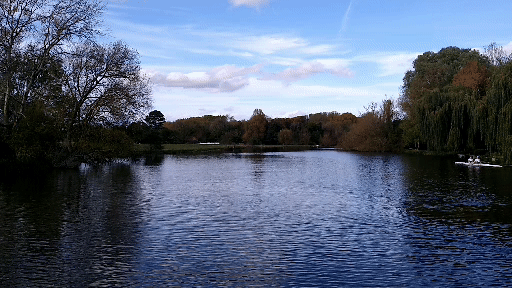
The closer I got to Oxford the more rowers I saw. Boats with one, two, four or eight people zoomed past, often accompanied by their coach yelling from a megaphone. And yet this only added to the serenity of the river, at least until I approached Sandford Lock.
At last I staggered into Oxford. I recognised the boathouses where my wife once coxed during her university days and thought that I was nearly at journey’s end. But no, still another 45 minutes walking through the city’s pretty environs, the Thames my constant companion. At last I saw Osney Bridge, just the other side of which is the train station and my ride back to London.
Trip details
Total length: roughly 42 miles
Total walking time: 12 hours
Trains to Reading: direct from London Paddington and take on average 44 minutes
Trains from Oxford: direct to either London Paddington or London Marylebone and take on average 1h 13m
Where I stayed: The George, Dorchester-On-Thames (book here)






